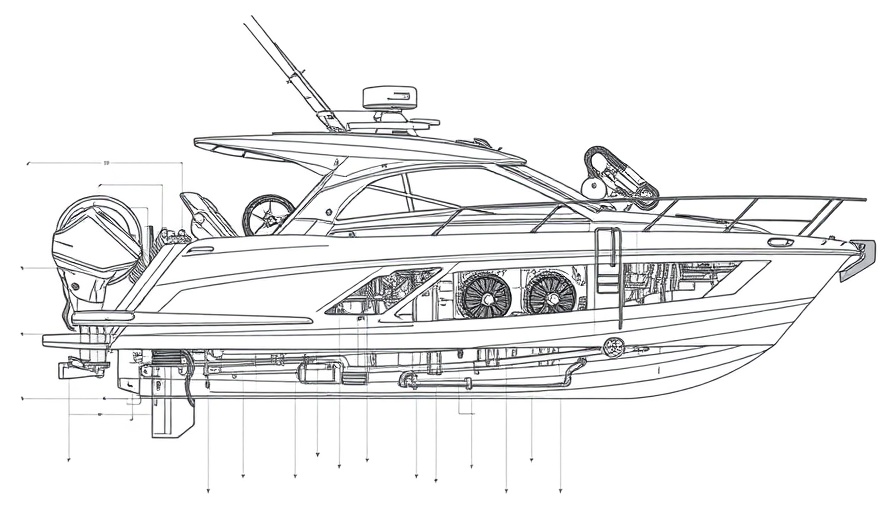
Washington State Ferries Goes Green with Hybrid-Electric Vessels
In a groundbreaking move towards sustainability, the Washington State Ferries (WSF) has officially awarded a contract to Eastern Shipbuilding Group for the construction of two hybrid-electric ferries. This contract marks the first competitive bid for WSF ferry construction in over 25 years and signals a significant step toward reducing emissions in the maritime sector.
The Details Behind the New Ferries
These state-of-the-art vessels will be 409 feet 6 inches long with the capability to transport 160 passenger vehicles and accommodate up to 1,500 passengers. Additionally, the ferries are engineered to achieve a speed of 17 knots at full load, specifically designed to interface seamlessly with all existing WSF dock facilities. This commitment to modern engineering not only addresses efficiency in ferry operations but also emphasizes passenger safety and comfort.
Environmental Impact and Innovative Technology
The hybrid-electric ferries are being touted as a game-changer for sustainable public transportation in Washington. The new vessels will feature advanced shoreside charging technologies and innovative battery storage systems that drastically reduce diesel-generated emissions. According to David Sowers, WSF's electrification program administrator, "This is an exciting milestone in bringing new hybrid-electric ferries to our fleet. These vessels will provide dependable service for communities that rely on us every day." This initiative is poised to make a meaningful impact by contributing to environmental goals while ensuring reliable ferry services.
Community Response and Future Possibilities
The construction of these ferries is not just a matter of transportation; it signifies a commitment to environmental stewardship and innovation that resonates deeply with local communities. As Joey D'Isernia, CEO of Eastern Shipbuilding Group, stated, "We are deeply committed to delivering world-class vessels that reflect the best of American shipbuilding, innovation, and environmental stewardship." Public support for these projects may also lead to more investments in cleaner technologies, bridging the gap between innovation and community welfare.
Comparison to Traditional Ferries
Traditional ferries primarily rely on fossil fuels, contributing to air pollution and greenhouse gas emissions. In contrast, hybrid-electric ferries represent a shift towards cleaner alternatives. This change reflects a broader trend in the maritime industry where environmental concerns are becoming paramount. As hybrid technology becomes more prevalent, it raises questions about the future operational protocols and maintenance considerations that will be required to support these advancements effectively.
What This Means for the Future of Ferry Transportation
The implications of introducing hybrid-electric ferries extend beyond just operational improvements; they herald a future where smart, green infrastructure becomes the standard in public transport. The precedent set by this initiative could inspire similar projects in other states and regions, potentially leading to a nationwide shift in ferry transportation practices.
Conclusion
The transition towards hybrid-electric ferries by WSF represents a vision for sustainable transportation and an important chapter in the history of American shipbuilding. As these innovative vessels take to the waters, they carry not just passengers, but also the hope of a greener future for the maritime industry. Individuals interested in the future of sustainable public transport should keep an eye on developments like these as they could very well shape the public transportation landscape of tomorrow.
 Add Row
Add Row  Add
Add 




Write A Comment